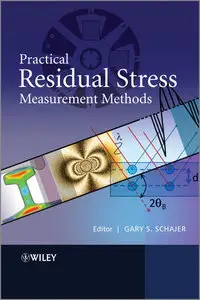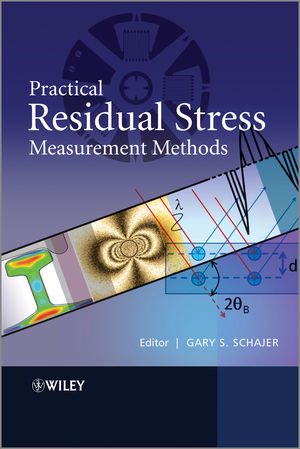Gary S. Schajer, "Practical Residual Stress Measurement Methods"
ISBN: 1118342372 | 2013 | PDF | 328 pages | 5.6 MB
ISBN: 1118342372 | 2013 | PDF | 328 pages | 5.6 MB
An introductory and intermediate level handbook written in pragmatic style to explain residual stresses and to provide straightforward guidance about practical measurement methods.
Residual stresses play major roles in engineering structures, with highly beneficial effects when designed well, and catastrophic effects when ignored. With ever-increasing concern for product performance and reliability, there is an urgent need for a renewed assessment of traditional and modern measurement techniques. Success critically depends on being able to make the most practical and effective choice of measurement method for a given application.
Practical Residual Stress Measurement Methods provides the reader with the information needed to understand key residual stress concepts and to make informed technical decisions about optimal choice of measurement technique. Each chapter, written by invited specialists, follows a focused and pragmatic format, with subsections describing the measurement principle, residual stress evaluation, practical measurement procedures, example applications, references and further reading. The chapter authors represent both international academia and industry. Each of them brings to their writing substantial hands-on experience and expertise in their chosen field.
Fully illustrated throughout, the book provides a much-needed practical approach to residual stress measurements. The material presented is essential reading for industrial practitioners, academic researchers and interested students.
Key features:
• Presents an overview of the principal residual stress measurement methods, both destructive and non-destructive, with coverage of new techniques and modern enhancements of established techniques
• Includes stand-alone chapters, each with its own figures, tables and list of references, and written by an invited team of international specialists
No Mirrors Please!!!
Please inform me if link is dead!
Please inform me if link is dead!



